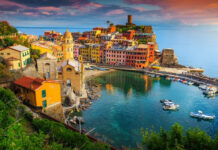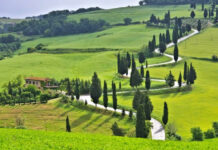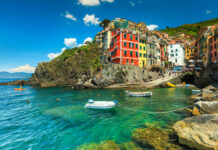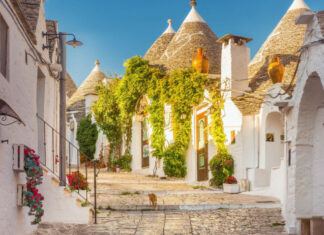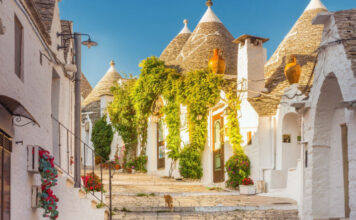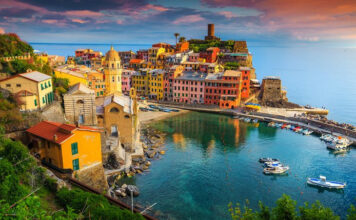Long before Instagram and travel influencers, the most coveted rite of passage for Europe’s elite was the Grand Tour—a lengthy, often luxurious journey through the cultural capitals of the continent, with Italy as the crown jewel. Spanning the 17th to the 19th centuries, this tradition wasn’t just about leisure; it was about becoming worldly, educated, and inspired. Young aristocrats, poets, painters, philosophers, and royalty alike crossed the Alps for a taste of Rome’s ruins, Florence’s Renaissance masterpieces, and Venice’s fading opulence.
In Italy, they found a living museum—and left behind poems, paintings, and letters that still shape the romantic imagination today. This in-depth journey traces their steps and reveals how you too can embark on a modern Grand Tour—one that honors the past while indulging in the beauty, intellect, and emotion that still define Italian travel.
Rome: The Eternal School of Antiquity
“When in Rome, do as the Romans do”—the saying took on literal meaning during the Grand Tour. For poets like Lord Byron, John Keats, and Percy Shelley, Rome wasn’t just a city—it was a soul-stirring theater of ruins, a place where empires rose and fell, and where inspiration oozed from every broken column and sunlit piazza.
The city’s classical heritage was a rite of study. Tourists would marvel at the Colosseum, walk along the Via Appia Antica, and sketch or write poems beneath the Pantheon’s oculus. Rome’s churches, adorned by Caravaggio, Raphael, and Michelangelo, deepened their understanding of Christian art and Baroque expression.
Today, a modern Grand Tourist can follow their trail by:
-
Visiting the Keats-Shelley House beside the Spanish Steps, where Keats died in 1821
-
Spending a reflective afternoon in the Protestant Cemetery, where Keats and Shelley are buried
-
Wandering the Roman Forum at sunset, just as 19th-century painters once did with travel journals in hand
Modern indulgence: Stay at Hotel de Russie, a 19th-century favorite reborn as a luxury oasis, blending classic Roman elegance with lush secret gardens.
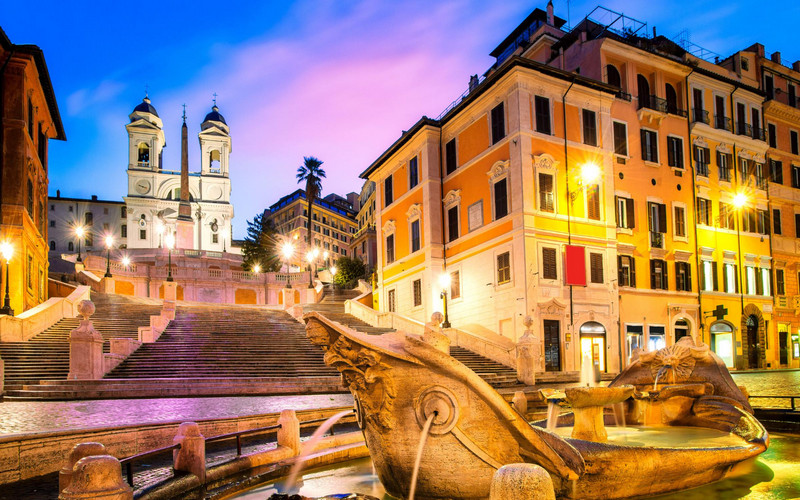
Florence: The Cradle of the Renaissance
For aspiring artists and intellectuals of the Grand Tour, Florence was sacred ground. This is where the Renaissance ignited, where Leonardo da Vinci, Michelangelo, and Botticelli reshaped the Western mind. Florence represented taste, refinement, and the humanist ideal—and it still does.
The Medici family’s patronage turned the city into an open-air classroom, where young aristocrats would study Brunelleschi’s dome, tour the Uffizi Gallery, and try their hand at portrait sketching in Piazza della Signoria.
Notable visitors:
-
Mary Shelley, who called Florence “the most beautiful city in the world”
-
Queen Victoria, who adored the Tuscan capital and visited multiple times
-
Goethe, who studied Italian art and language here during his own Grand Tour
For a truly immersive experience today: -
Join an art historian-led tour of Santa Croce, where Michelangelo, Galileo, and Machiavelli are buried
-
Take a sculpture workshop near Piazza Santo Spirito
-
Enjoy a panoramic view of the Arno from the Boboli Gardens, once reserved for Medici royalty
Modern indulgence: Book a room at Villa San Michele, a former monastery turned luxury hotel designed by Michelangelo himself.
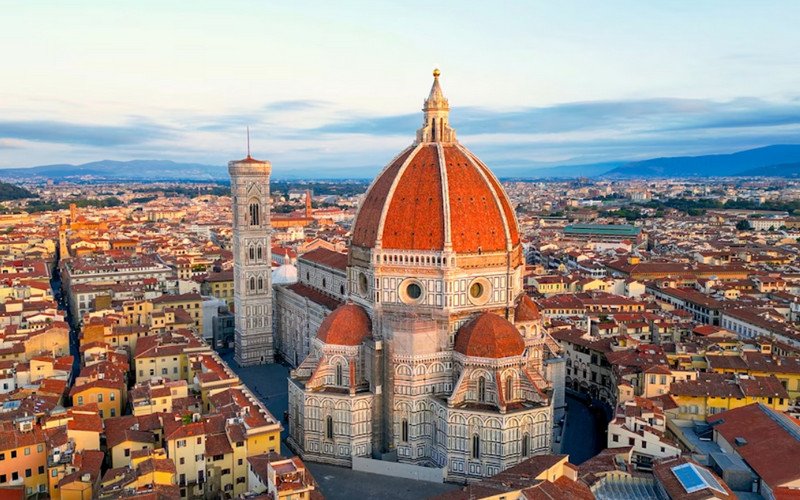
Venice: The Romantic Labyrinth
No city on the Grand Tour captured the imagination like Venice. With its gilded palaces, mirrored canals, and moody light, it was the ultimate symbol of beauty, decadence, and the fleeting nature of time. Poets and royals alike became spellbound by its fragile grandeur.
Lord Byron swam in the Grand Canal and described Venice as a “fairy city of the heart.” Wagner composed operas in palatial apartments. Princess Sissi of Austria was a frequent visitor, seeking solace in its dreamy anonymity.
Then and now, Venice offers a sensory overload:
-
Drift past faded palazzi on a gondola, just as 18th-century nobles did
-
Admire Tintoretto’s masterpieces in the Scuola Grande di San Rocco
-
Get lost in the poetic maze of Cannaregio, away from tourist paths
Modern indulgence: Check into Aman Venice, a Grand Canal palace where frescoes, silk wall coverings, and 18th-century grandeur still reign.

Naples and the Amalfi Coast: Sublime Chaos and Coastal Drama
If Florence was refinement, Naples was raw energy—a city of contrasts that thrilled and scandalized Grand Tourists. The city’s chaotic streets, dramatic setting beneath Mount Vesuvius, and vibrant cultural scene drew artists eager to experience the “sublime.”
Goethe called Naples “a paradise,” and so did many others. It was from here that tourists would visit the recently excavated ruins of Pompeii and Herculaneum, redefining Europe’s understanding of antiquity. Meanwhile, the Amalfi Coast, with its terraced lemon groves and cliffside towns, offered a retreat from the intensity of Naples.
On your modern Grand Tour:
-
Explore Naples’ Archaeological Museum, which still houses many original artifacts from Pompeii
-
Hike the Path of the Gods above Positano for views that inspired countless Romantic poets
-
Taste pizza in its birthplace and compare it to noble banquets of centuries past
Modern indulgence: Stay at Le Sirenuse in Positano, a former aristocratic villa turned 5-star refuge above the sea.

Milan: The Elegant North
Though not always included in early Grand Tours, Milan gained popularity in the 19th century among royals and artists drawn to its elegance, opera scene, and proximity to Lake Como. It represented modernity and fashion—a refined contrast to the rustic charm of the south.
Stendhal loved Milan’s intellectual salons. Verdi premiered his operas at La Scala, while European queens and duchesses shopped and socialized beneath the glass dome of Galleria Vittorio Emanuele II.
Today’s travelers can:
-
Attend an opera at La Scala in the same red-velvet box seats aristocrats once reserved
-
Visit Leonardo’s Last Supper and trace the artistic lineage of Milan’s creative spirit
-
Take a day trip to Lake Como, where royals from Napoleon to today’s A-listers retreat in style
Modern indulgence: Stay at the opulent Palazzo Parigi, or go full aristocrat at Villa d’Este on Lake Como.

Turin: Baroque Majesty and Royal Ritual
Often overlooked by modern tourists, Turin was once the proud capital of the House of Savoy, Italy’s royal dynasty. In the 18th century, it was a sophisticated stop on the Grand Tour, known for its Baroque architecture, refined chocolate, and formal gardens.
Charles Dickens called Turin “the stateliest city in Italy,” and for good reason:
-
Stroll through the Piazza Castello surrounded by palaces like Palazzo Madama and Palazzo Reale
-
Visit the Museo Egizio, second only to Cairo in its collection of Egyptian artifacts
-
Indulge in bicerin, the city’s famous drink of espresso, chocolate, and cream, served in old-world cafés
Modern indulgence: Book a suite at Principi di Piemonte, a glamorous Art Deco hotel favored by visiting nobility.
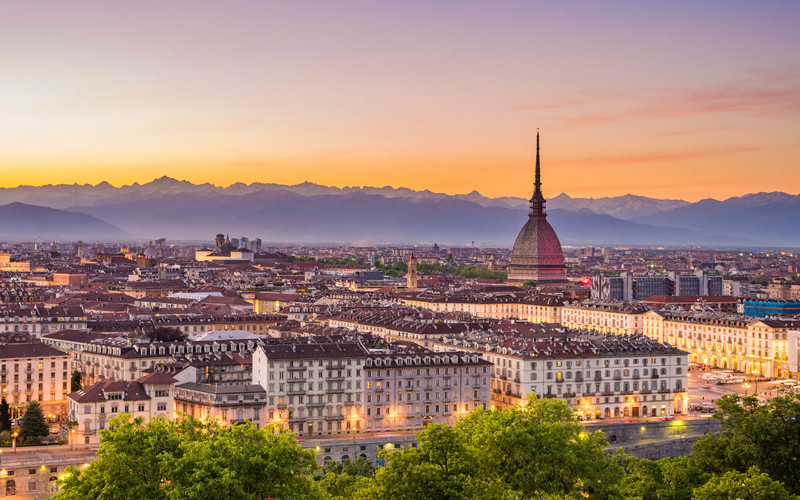
A Grand Tour Reimagined
The Grand Tour may have faded in the age of mass tourism, but its spirit is alive for those who seek deeper meaning in travel. It’s not about checking off sights—it’s about understanding beauty, confronting history, and engaging with a cultural legacy that spans millennia.
To travel as the Grand Tourists once did is to slow down. It’s writing a journal in a Roman piazza, sketching in the Uffizi, or losing yourself in a gondola ride not for the novelty, but for the silence and the movement of the water.
In the Company of Genius
When you walk in the footsteps of poets, artists, and royals, you don’t just visit Italy—you become part of a centuries-long tradition of seeking transformation through culture. The Grand Tour was never just about travel; it was about discovery—of the world, of beauty, and of the self.
Italy invites you to follow their path. And perhaps, in doing so, leave your own mark.

